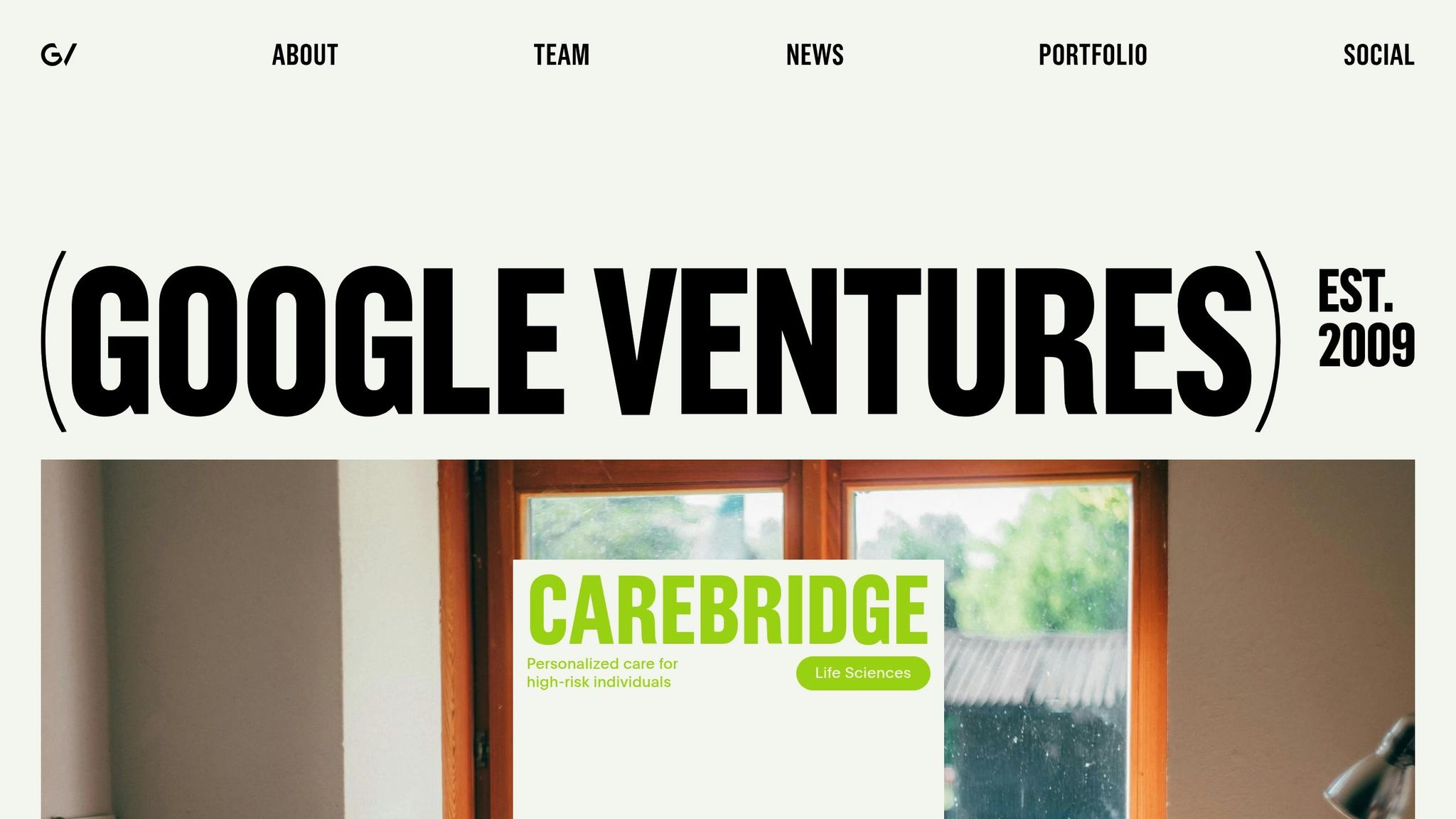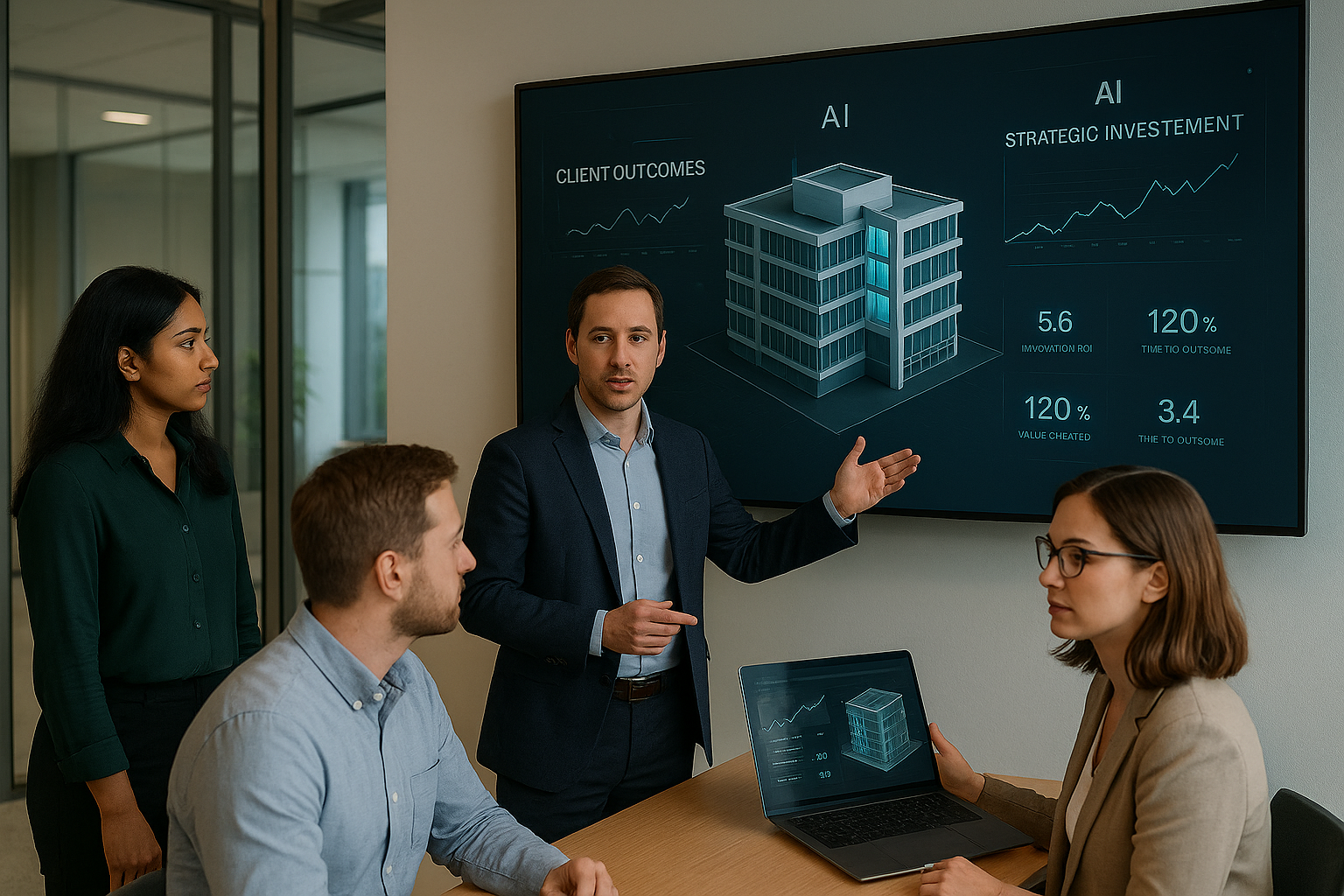Building for Builders: User Research Strategies for Construction Tech Startups
Taher Pardawala April 16, 2025
The construction industry is slow to adopt tech, with IT spending at just 1–2% of revenue. Yet, challenges like labor shortages, rising costs, and sustainability goals are pushing companies to explore new solutions. For startups, understanding user needs through research is critical to building tools that solve real problems.
Key takeaways:
- Pain Points: Labor shortages (25% of workers aged 55+), poor communication (26.8% of delays), and sustainability goals (30% of global energy use).
- Key Roles to Target: Project Managers (90% of their time spent on communication), Construction Managers, and General Contractors.
- Research Methods: Conduct interviews, site visits, and surveys to uncover challenges and validate solutions.
- Focus Areas for MVPs: Real-time tracking, communication tools, and automation features.
Startups that focus on user research can address these challenges and build products that improve efficiency, meet ESG goals, and drive tech adoption in construction.
Key Players and Work Patterns in Construction
Main Decision Makers and Teams
The construction industry depends on a wide range of professionals, each playing a critical role in ensuring project success. As of August 2024, over 8 million people were employed in the US construction sector. For startups aiming to provide solutions, understanding these roles is crucial [3].
At the leadership level, three key roles influence technology adoption:
| Role | Responsibility | Focus Area |
|---|---|---|
| Construction Project Manager (PM) | Oversees the entire project | Tools for project management and communication |
| Construction Manager (CM) | Manages the building phase | Systems for quality control and progress tracking |
| General Contractor (GC) | Coordinates construction activities | Tools for resource management and scheduling |
The technical implementation team includes specialized experts:
- BIM Manager: Oversees 3D modeling and visualization.
- Construction Engineer: Ensures technical compliance and safety standards.
- Construction Estimator: Calculates project costs.
- HSEQ Manager: Manages health, safety, and quality protocols.
Recognizing these roles highlights the importance of smooth workflows in construction projects.
Common Construction Processes
Construction projects involve complex workflows that often face challenges. In fact, 61% of US construction firms report delays due to labor shortages [3].
Some of the key operational challenges include:
| Challenge | Impact | Occurrence |
|---|---|---|
| Communication Gaps | Responsible for 26.8% of delays | Daily |
| Quality Issues | Lead to 19.1% of work quality problems | Weekly |
| Information Flow Problems | Affect over 40% of site workers | Regularly |
Poor communication is a major contributor to project delays [4].
Construction companies operate as networks of distinct projects, each requiring attention in areas such as:
- Project Planning: Managed by superintendents and foremen.
- Resource Management: Overseen by procurement managers.
- Quality Control: Monitored by construction managers.
- Financial Oversight: Handled by finance teams.
Additionally, 16.2% of the workforce consists of Baby Boomers nearing retirement, which impacts how quickly new technologies are adopted [3]. With project managers spending about 90% of their time on communication, improving information flow is essential for better efficiency [4].
Addressing these challenges is key to successfully integrating technology into the construction sector.
Research Methods for Construction Tech Startups
Interview Techniques for Construction Pros
When interviewing construction professionals, preparation is key. These workers often have tight schedules and face unique challenges daily, so your approach should show respect for their time and a clear understanding of their work environment.
"They go out on a construction site and they kind of just talk to people and understand where the biggest pain points are, and then do their research to find out if this is a big enough market to build something for." – Alice Leung, VP of Platform and Product Strategy [5]
To get the most out of your interviews, consider the following structured approach:
| Interview Phase | Key Focus | Best Practice |
|---|---|---|
| Pre-Interview | Context Building | Research the specific role and common workflow challenges. |
| During Interview | Pain Point Discovery | Ask open-ended questions about their daily tasks. |
| Post-Interview | Market Validation | Compare feedback to broader industry trends. |
Additionally, visiting construction sites can help you observe first-hand challenges and validate the insights gained during interviews.
Site Visits and Direct Observation
Site visits provide a deeper understanding of how construction teams operate in real-world conditions. Observing workflows on-site allows you to see the unique dynamics, environmental factors, and interruptions that impact productivity [6].
Here are key areas to focus on during site observations:
| Observation Focus | What to Watch | Why It Matters |
|---|---|---|
| Task Execution | How workers carry out routine activities | Helps identify inefficiencies in current processes. |
| Communication Flow | How information is shared between teams | Uncovers collaboration issues that slow down progress. |
| Tool Usage | How existing technologies are used | Highlights adoption patterns and potential pain points. |
Combining these observations with interview insights can give you a well-rounded picture of the challenges construction teams face.
Data Collection Through Surveys
Surveys are a great way to gather large-scale, quantitative data tailored to construction workflows [7]. They provide a broader perspective to complement your interviews and site visits.
Best practices for survey design:
- Structure and Length: Keep surveys concise – 5 to 10 questions max. Start with general questions, then move to specifics.
- Question Design: Frame questions to address real-world challenges. For example:
| Question Type | Poor Example | Better Example |
|---|---|---|
| Task-specific | How do you manage projects? | What steps do you take to track daily progress on-site? |
| Time-focused | Do you use scheduling tools? | How many hours per week do you spend coordinating schedules? |
| Problem-solving | What issues do you face? | Which three tasks consume most of your time on-site? |
- Distribution Strategy: Timing matters. Send surveys to new users a week after they start using your product or target specific roles during less busy periods to boost response rates.
Converting Research into MVP Features
Organizing Research Results
For construction tech startups, the first step in turning research into MVP features is organizing the data effectively. Start by categorizing feedback based on user roles and the specific pain points tied to construction workflows. Use a structured approach, like a data matrix, to connect user needs with potential solutions.
| Feedback Category | Analysis Method | Key Outcome |
|---|---|---|
| Site Observations | Pattern Recognition | Pinpoint common workflow bottlenecks |
| Interview Data | Thematic Analysis | Highlight recurring pain points |
| Survey Results | Quantitative Scoring | Rank feature requests by frequency |
This systematic organization helps identify which features will have the most impact.
Selecting Key MVP Features
Once the research data is organized, focus on addressing the most pressing challenges on construction sites. Choose features that deliver immediate value and are technically feasible.
"Your MVP won’t work if your customers can’t see any value. Build what customers want and then scale." – Joe Procopio, Product Expert & Startup Founder [9]
This advice is especially important considering that 29% of startups fail because they run out of cash before achieving product-market fit [8]. To prioritize effectively, use a framework like this:
| Priority Level | Criteria | Example for Construction Tech |
|---|---|---|
| Must-Have | Solves a core problem | Real-time progress tracking |
| Should-Have | Adds high value | Team communication tools |
| Nice-to-Have | Extra features | Custom reporting templates |
Writing Clear User Stories
With prioritized features in place, the next step is to create precise user stories. These stories should reflect real construction site scenarios and workflows, focusing on outcomes that test your assumptions about the problem and solution [9].
Use this structure for user stories:
| Component | Description | Construction Example |
|---|---|---|
| User Role | Specific job function | Site Supervisor |
| Action | Task to accomplish | Daily progress updates |
| Value | Business benefit | Reduced reporting time |
When crafting user stories, ensure they include:
- Industry-specific terminology
- Clear success criteria
- Measurable outcomes
- Any technical limitations
This approach not only keeps the focus on solving real problems but also ensures your MVP aligns with the unique demands of construction workflows.
sbb-itb-51b9a02
Research for Startups: The Google Ventures Formula

Solving Common Research Problems in Construction
Building on earlier research, tackling these challenges is essential for successful adoption of construction technology.
Overcoming Tech Adoption Barriers
To address adoption challenges, focus your research on these three main areas:
| Barrier Type | Research Focus | Solution Strategy |
|---|---|---|
| Socio-economic | Cost-benefit analysis | Show ROI with clear, measurable data |
| Managerial | Decision-making process | Map out stakeholder relationships |
| Psychological | User resistance | Create effective training programs |
Awareness alone isn’t enough to ensure adoption. Construction companies need hands-on support during the implementation phase [10]. For instance, in the 1980s, introducing vibration to compactors boosted productivity by an impressive 260% [10].
These challenges require attention across all levels of an organization.
Engaging Multiple Decision Makers
Successfully addressing these issues means gathering insights from various stakeholders. Focus on these three groups:
| Decision Maker | Role in Research | Key Considerations |
|---|---|---|
| Equipment Operators | Provide direct feedback | Offer insights on practical usability |
| Project Managers | Evaluate technical needs | Ensure smooth workflow integration |
| Purchasing Teams | Analyze costs | Compare vendors effectively |
Understanding and mapping the decision-making hierarchy is crucial.
Ongoing Testing and Updates
Establish a fast and effective feedback loop. Use these strategies:
- In-app surveys: Collect feedback at key workflow points.
- Usage analytics: Track how specific features are being used.
- Site visits: Observe how the technology performs on real projects.
When prioritizing updates, follow this framework:
| Priority Level | Evaluation Criteria | Update Frequency |
|---|---|---|
| Critical Issues | Safety and compliance | Immediate action |
| Workflow Improvements | Impact on productivity | Monthly updates |
| Feature Enhancements | User-driven requests | Quarterly updates |
Conclusion: Research-Based Construction Tech Development
For construction tech startups, understanding user needs is crucial to navigate the industry’s unique challenges. With IT spending accounting for just 1-2% of revenue [2], but strong venture capital interest, startups must carefully plan their development strategies. This surge in venture capital creates an opening for solutions rooted in research that directly tackle the industry’s core issues.
Three critical factors stand out for aligning research with successful product development:
| Success Factor | Implementation Strategy | Impact Metric |
|---|---|---|
| Sustainability Focus | Address 30% of global energy usage | Meet ESG compliance goals |
| Collaboration Tools | Enhance cross-team communication | Boost operational efficiency |
| Automation Integration | Tackle labor shortages | Drive productivity gains |
The construction sector continues to grapple with challenges like rising costs and supply chain disruptions. Research-backed solutions must not only address these immediate hurdles but also align with long-term goals, such as reducing the 26% of global energy-related emissions linked to the built environment [2].
"If you don’t get sustainability, you can’t understand construction customers."
– Michelle Moon, Principal at Sorenson Capital [2]
To achieve sustainable growth, startups need to prioritize ongoing customer feedback through Voice of Customer (VoC) research [1]. Incorporating continuous VoC insights ensures solutions remain relevant to evolving market demands. This approach not only helps products adapt over time but also strengthens customer trust and loyalty.
Related posts
- Why Construction Software Feels Stuck in the 90s: UI/UX Challenges in Industrial Applications
- Mobile-First Construction: Bringing Field Operations into the Digital Age
- Why Construction Tech UX Is Different: Designing for Jobsite Realities
- Funding Your AEC Tech Startup: What Investors Look for in 2025








Leave a Reply